Technology | Why do E-MTBs need plus-size tyres in the future?
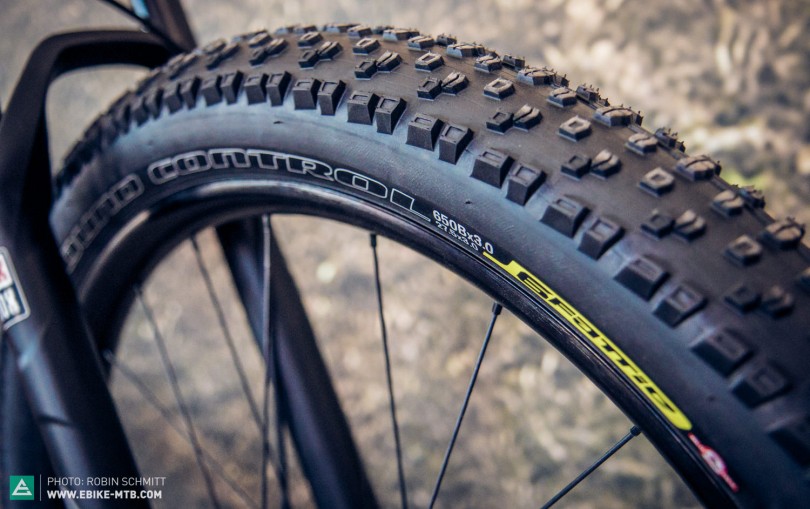
E-MTBs have had it easy so far. The big wheel size debate of 26, 27.5 or 29 was pretty much over by the time the big E-MTB wave hit earth. But the topic of tyres – width and volume in particular – is one that is still causing heated discussions. And this isn’t one that E-MTBs can ignore any longer.

Until now, most E-MTBs have all been designed with one quite major flaw: they’re disproportionate in size and strength to bear their own weight, the burden of mountain biking and the new rules that apply to them. But, as with regular mountain bikes, every single shaven-off gram is considered sacred in the name of weight and efficiency. Above all, E-MTBs need traction, comfort, controllability and stability. This can stem from simple things, such as sufficiently wide bars and shorter stems, but also applies to adequate brakes and wise wheel choices.
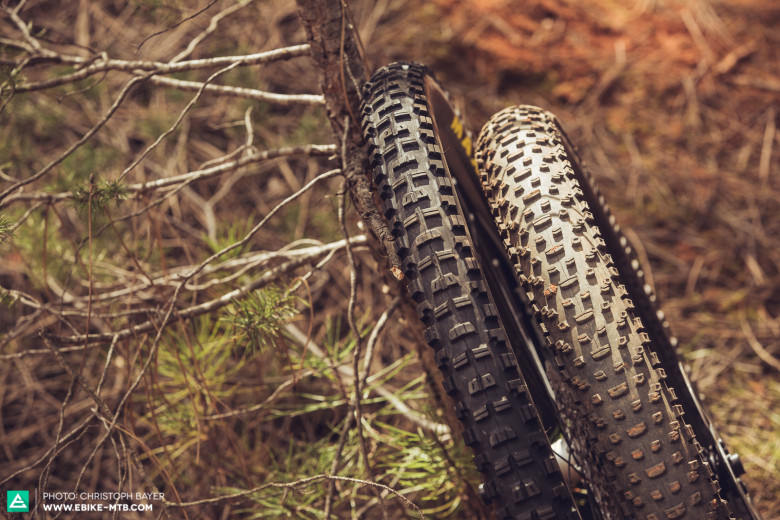
And this is exactly where the trend starts to take on a form that won’t just represent a huge advantage to regular mountain bikes, but also could mark decisive progress for E-MTBs – we’re talking the new generation of plus-size tyres.
Having already exclusively tested and analysed plus-size tyres on conventional mountain bikes, we’ve come to some interesting conclusions about what this trend could – and will – entail for the E-MTB world. Let’s start from the beginning:
What are plus-size tyres?
Right now, plus-size tyres come in either 27.5″ or 29″. They’re wider than regular mountain bike tyres (up to 2.5″), but they’re still significantly narrower than fat bike tyres (3.8″ – 5″). So far, the market contains models that range between 2.7″ and 3.25″ in width. To ensure stability and sidewall durability, the plus-size tyres consequently need wider rims.
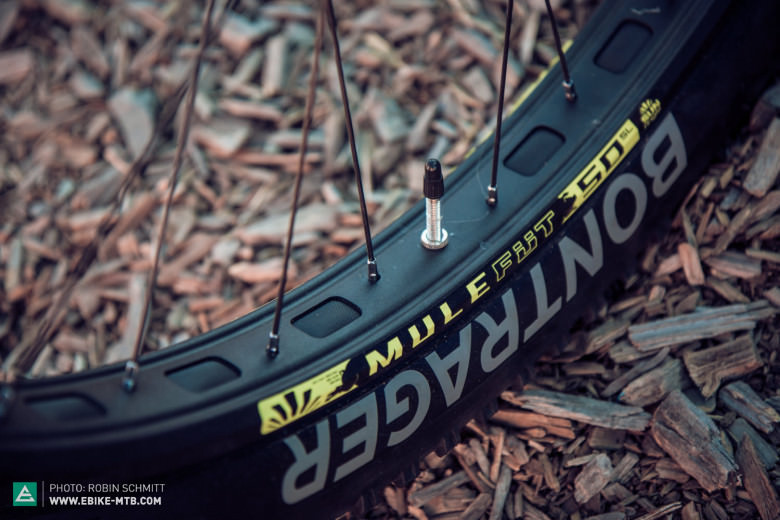
Given the bigger volume and the subsequent additional height, 27.5+ tyres therefore have an outer circumference that’s similar to regular 29″ tyres, therefore offering the same roll-over characteristics. 29+ tyres naturally boast a diameter that throws all previous tyres out of the water – even a fat bike with huge 5″ tyres can’t compete.
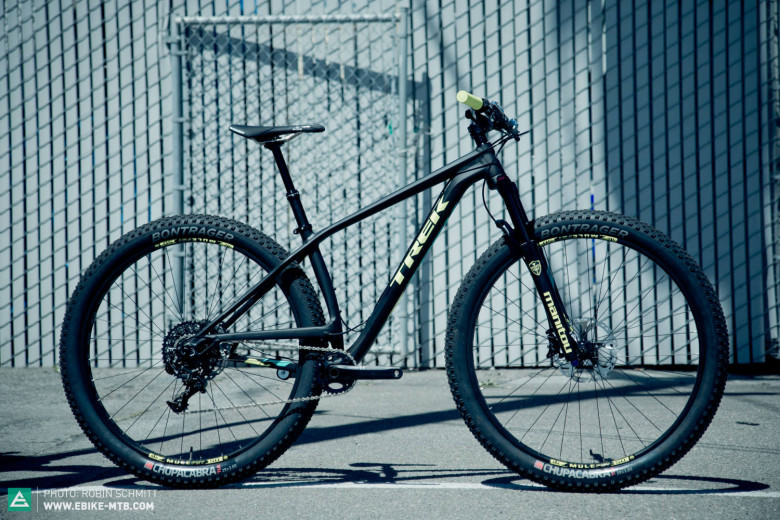
The tyres and their wider rims naturally need more clearance from the frame and the forks. And this is where current and older components fail the new generation. In odd cases it is possible to use 27.5+ wheels on 29″ frames and forks, but this leaves little tolerance and could cause issues.

Right now the cycling world is trying to establish the new Boost standard, which takes a wider axle than before and subsequently forks and rear ends that adopt it will have more space for bigger plus-size tyres. Moreover, the hub flange is shifted outwards, which means more stable wheels – particularly for 29ers.
Back at the Design & Innovation Award 2015 in South Tyrol we extensively discussed the plus-size trend with our expert jury.
What advantages do they offer?
We took conventional mountain bikes to form our first conclusions and were pretty stoked by what we discovered. These aren’t advantages that we can brush under the table.
And here’s a summary of them: The larger volume results in more damping, more comfort and significantly better roll-over characteristics. In addition, traction is massively boosted, meaning bettering cornering performance in flat open corners, more momentum carried on uphills and an almost non-existent risk of involuntary drifting on loose stones. In particular, hardtails profit the most as the weight of the motor and the battery doesn’t get any damping from the rear, so the tyres work here. A bigger volume essentially means more comfort, and a gain in stability.

What disadvantages do they have?
Unfortunately, you don’t get advantages without disadvantages. Plus-size tyres deliver increased rolling resistance on hard ground due to their lower air pressure which makes their handling more sluggish. Even if tyre manufacturers do everything in their power to keep the weight of plus-sizes down to a minimum, a higher system weight for a well-profiled tyre can’t be ruled out.
And while we’re on the topic, weight and rolling resistance are over-rated parametres due to the presence of the motor. Unfortunately lighter bikes are easier to sell than heavier ones, but the fact is: accept a certain amount of loss in terms of the bike’s range with a fully charged battery and consider the performance gains that you’ll get from the plus-size tyres. The main criticism still revolves around the limited choice of tyres that are currently available, particularly when you want them for certain conditions.
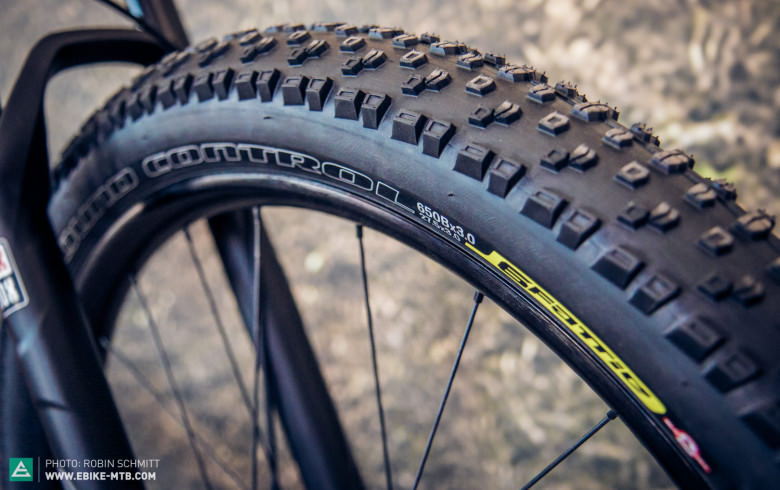
Furthermore, an important aspect to consider is the limited knowledge relating to the optimal tyre and rim combination as well as the suspension set-up. Alongside air pressure, these factors are crucial for the success of the plus-size concept. Less air in the tyres also means that the balance is shifted between the energy absorption in the tyres and the energy absorption in the suspension. Moreover, the lower air pressure affects when the suspension will come into force. Given the bigger tyre volume, this in-built damping in the tyres hugely impacts the ride, and the result of this depends on your riding style and the terrain you ride in. As plus-size tyres are ridden with lower air pressure, it means that 0.2 bar adjustment will have more of an impact on the ride than in a tyre with a 2.2″ width.
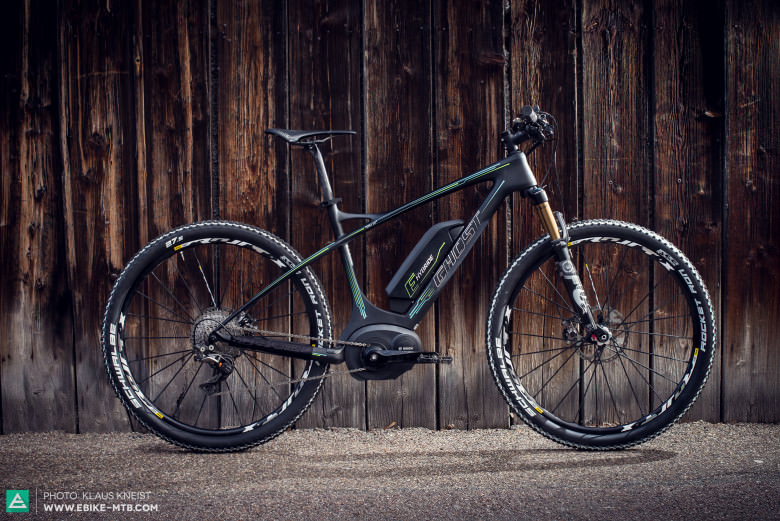
Now it’s time for the industry to gain as much as experience as possible with this new format and continue to develop it so that not only will we benefit fully from the advantages but also so that the disadvantages can be reduced. For E-MTBs, the high system weight needs to be taken into consideration. What use are tyres with a bigger volume if you can’t take make use of all the benefits because high pressure is needed to prevent pinch punctures, caused by the weight of the system? Then there’s question now of whether you can ride tubeless tyres?
What are the technical challenges?
Whether we’re talking 27.5+ or even 29+, the advantages for mountain bikers with pedal assist can’t be ignored. In terms of their technical construction, there aren’t any particular issues – just look at the current crop of E-fat bikes. The problem areas lie much deeper.

The big tyres need space; that much is obvious. But this is exactly what makes the construction of a compact and agile E-MTB so challenging. This has led FLYER to mount a smaller 26″ wheel at the back to render the rear more compact and provide a more agile ride. But much more important than their need for space, is the question of how to integrate the mid-motor into the bottom bracket. If the motor manufacturers could deliver better compatibility and options for this integration – particularly for E-MTB fullys – then this space issue would be vastly reduced.
E-fat bikes show that they can be successfully built with significantly wider tyres over 4.0″. The new Boost standard also gives the perfect foundation for stable wheels and sufficient front and rear clearance to house the wider tyres.
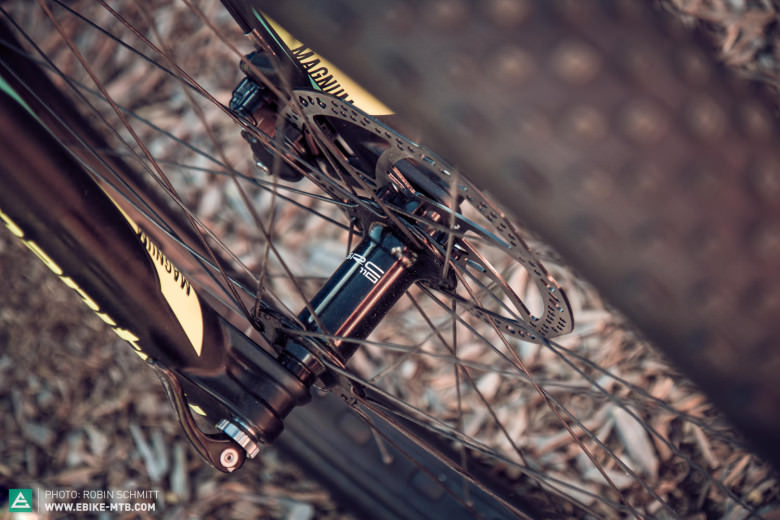
Given that plus-size tyres are still in their infancy, the choice of compatible components is still limited, although large companies such as DT Swiss are creating special wheel sets to cater for this new trend. When it comes to tyres, as we’ve already mentioned, there’s still a huge amount of room for improvement. Based on conventional mountain bikes, the focus has primarily been on reducing weight (but for a few exceptions), so that the increased weight of the wider tyre/rim combo won’t immediately scare away its potential market, who’d benefit from the puncture-resistance and riding stability. Versions with strengthened sidewalls and a stable carcass are desired – if not necessary – for E-MTBs especially when you consider the extra weight of the motor and battery. And manufacturers will surely expand their range once they’re privy to the first visible and valid results.
How does the future look?
With all due respect, E-MTB hardtails aren’t our favourite stead for off-road riding. On technical climbs you rapidly lose traction, and the heavy bikes often don’t have the handling and stability that we’d like on descents. At the same time you have to ride them with higher air pressure to prevent puncturing. So plus-size tyres could make a huge difference for hardtails, providing that they’re stable enough to be able to take full advantage of the benefits of the bigger volume and lower air pressure.
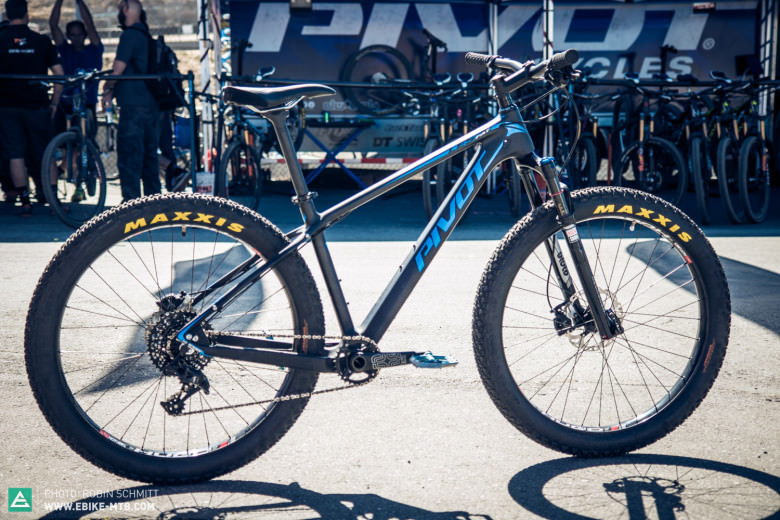
Lower price point bikes are set to profit enormously from the benefits of the plus-size tyres, and E-MTBs will ultimately become more attractive to many riders. Beginners and leisure riders will certainly be pleased about the increased traction, comfort and stability.

Our conclusion
The fact is that plus-size tyres will mean a huge increase in stability for E-MTBs, as well as a massive boost to the fun you can have riding. This in turn will make them even more appealing to those new to E-Mountainbikes. We’re super excited to see how – and when – the industry is going to approach this trend for real and what solutions they have in the pipline to overcome the challenges of the technical status quo. We’ll keep you posted!
Text: Andreas Maschke Foto: Divers
Did you enjoy this article? If so, we would be stoked if you decide to support us with a monthly contribution. By becoming a supporter of E-MOUNTAINBIKE, you will help secure a sustainable future for high-quality cycling journalism. Click here to learn more.








